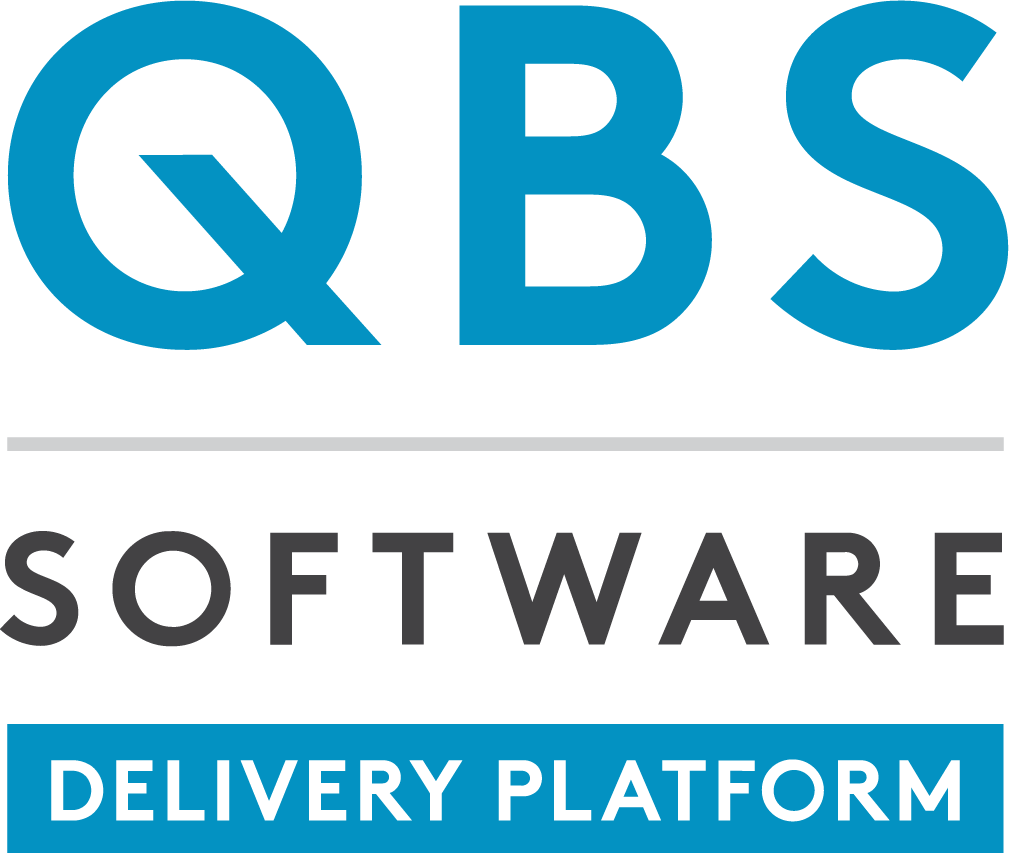A survey by learning management system (LMS) vendor Instructure has confirmed four socio-economic factors as critical when it comes to the learning success of students.
According to the software provider, while most know that social and economic constraints can have a big impact on higher education results, it’s tougher to know which factors are more important.
“There are many socio-economic factors impacting student success and engagement, and four in particular have increased in importance from 2020 to 2022,” it said in a write-up of the report.
“In its third year, the study finds that the top four socioeconomic factors impacting student success and engagement are: access to the internet, access to learning resources, access to technology devices, and psychological wellbeing.”
According to Instructure’s global 2022 State of Student Success and Engagement in Higher Education report, availability of online and offline resources have become a growing concern, especially with the rise of online learning as the global SARS-Cov-2 pandemic fades.
At the same time, students from self-identified lower-income homes indicate they believe that technology can help them engage with their lessons, with high shares saying their education institution’s LMS “positively impacted” their classroom engagement, alongside “family dynamics”.
Respondents also suggested access to mental health resources, “safety in the home”, family structure, learning disabilities, exposure to crime or violence, healthcare, transportation options, external academic support, physical disabilities, mentorship, and access to outdoor spaces as potentially important, Instructure said.
“With so many factors impacting student success, institutions will want to consider more holistic approaches and comprehensive education technology that help reduce barriers for students seeking higher education,” according to the vendor.
According to our 2022 survey, 52% of institutions address student struggles through academic support, while only 39% percent said that edtech resources were available to help them. To improve access to digital resources, it may be useful to partner with local technology companies and non-profits to offer digital resources to students who need it most, Instructure said.
“Institutions may consider augmenting tools that support students’ ability to engage on their terms according to their learning styles, including asynchronous video, transcripts, online quizzes, or downloadable resources, for example.”
Instructure with US-based Hanover Research produced the study, which canvassed input from 7,572 students, administrators and faculty from various public and private higher education institutions in 23 countries.
